All About Lavender
Every year I buy lavender plants, and even though they are a perennial, for some reason, lavender doesn’t seem to thrive over a full year. Which is odd, because lavender tends to be sun-loving and drought tolerant. So this year, I am going to learn more about this plant and watch it carefully. I really can’t complain as lavender does grow beautifully here. But each spring, I am left with less than perky plants from the previous year.
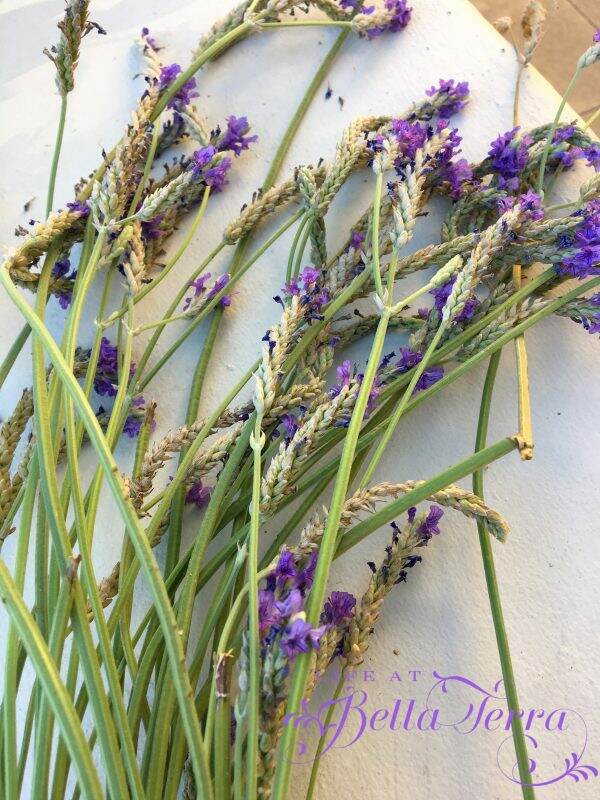
What is it?
What is lavender? It’s a perennial herb that’s native to the Western Mediterranean region. Different types of lavender plants are hardy in different zones, but most is hardy in Zones 5 to 11. Who knew (not me!) that lavender is in the mint family (which also includes basil, thyme, lemon balm, oregano, sweet marjoram, rosemary, sage, savory, and summer savory).
The word lavender comes from the Latin root lavare, which literally means “to wash”. The earliest recorded use of lavender dates back to ancient Egypt, where it played a role in the mummification process.
Climate

Make sure you choose varieties that will work for your climate and growing conditions and you’ll be rewarded with long-lasting blooms. Spanish lavenders with their two-toned blooms are perfect for containers and walkways, while some aromatic English lavenders can survive a tough northern winter. French lavenders, with their showy foliage, add just the right touch of grace to ornamental flower gardens. Lavenders do prefer full sun, low humidity, and gritty soil, and you can grow them with ease.
Right now Home Depot has Spanish lavender (at $22.98 for a large pot) and this is what I will be growing in the front raised beds this year. At maturity, the plants will be 2-3 feet wide by 2-3 feet tall.
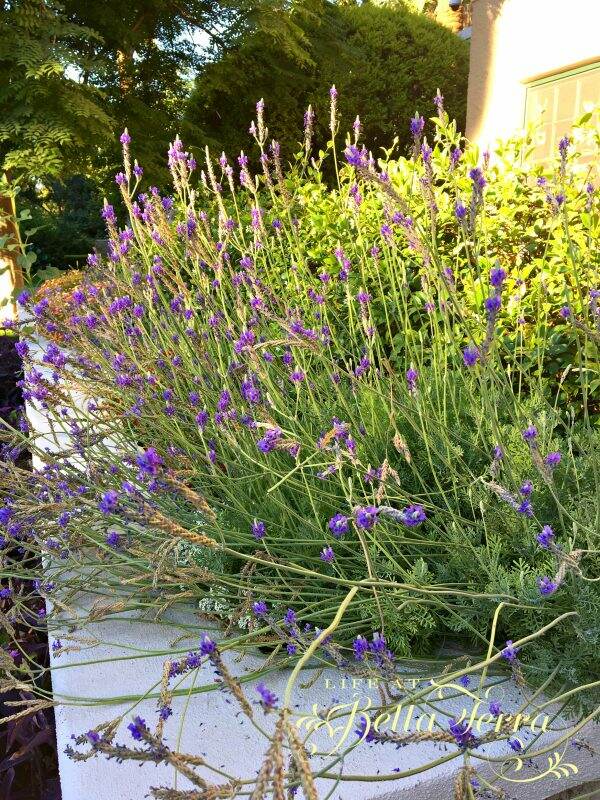
Apparently, the climate in Phoenix is PERFECT for growing lavender~~these beautiful plants thrive in full sun, heat and fast draining, low fertility soils. They are at their very best in the more arid climates found west of the Mississippi where heat, sun, dry growing conditions and poor soils predominate. Humid heat and compost-enriched, water retentive soils are the enemy of lavender.
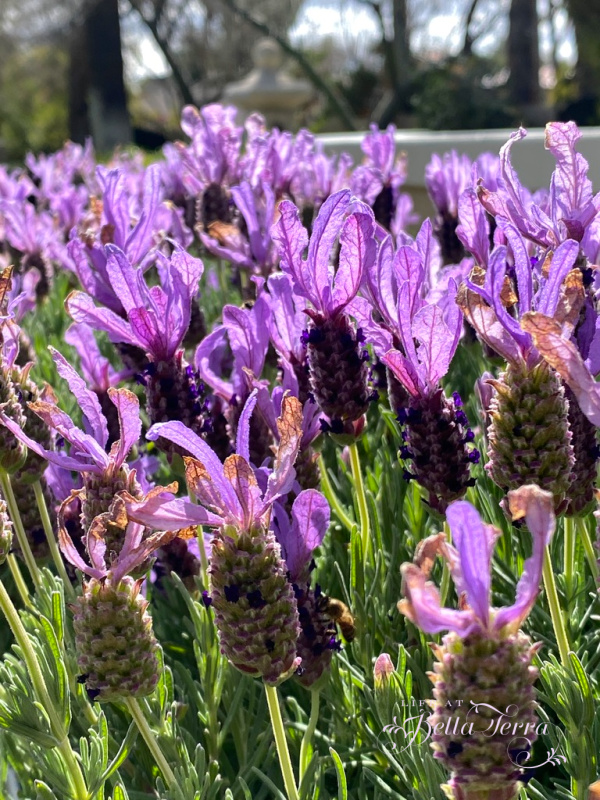
We have had lavender growing in several beds around the yard and a few are still surviving. I believe most are English lavender, but I still haven’t figured out the variety~~is it Provence, Hidcote or Arbrialii? Another benefit of growing lavender~it attracts bees for pollination. They LOVE these purple flowers.
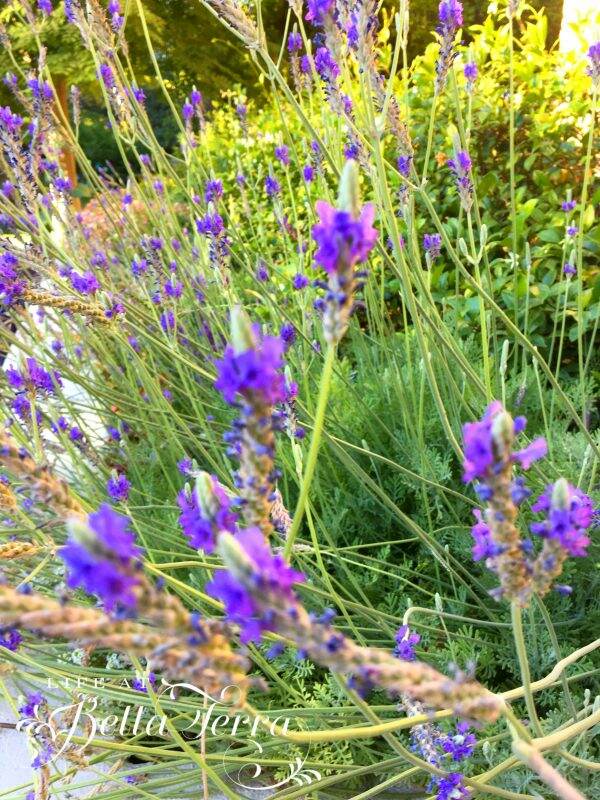
Can Lavender Survive the Winter?
English lavender species are hardy, so can survive outdoors throughout the winter and tolerate frost. Whereas Spanish, French and Italian lavenders are not frost tolerant and will need to be transferred to pots and taken indoors over the winter, if they are in a climate that receives regular frosts. Here in Phoenix, we do have nights with frost warnings, so this may be the reason why some of my lavender plants look a bit rangy.
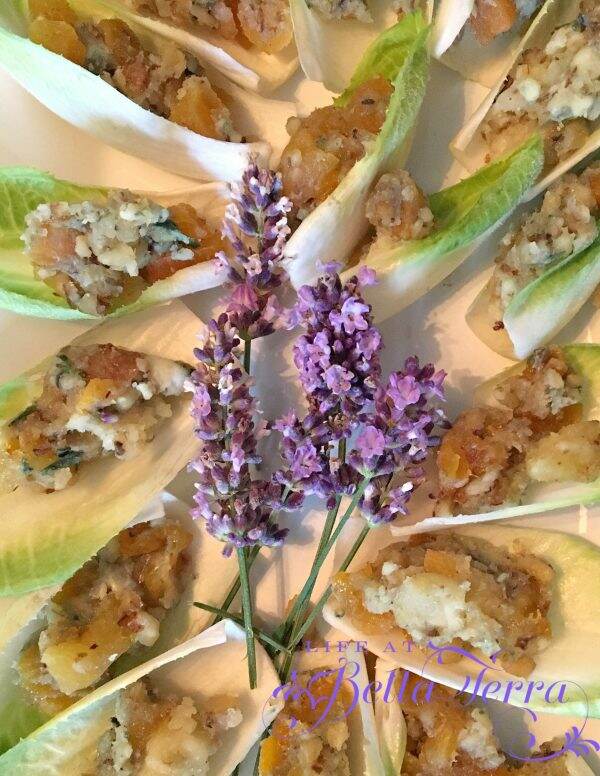
Does Lavender need pruning?
According to Monrovia, yes, lavender does need pruning.
When and how to prune:
- Prune right after the first flowering and again, in late August after the last flush has faded
- Cut off about 2/3 of the plant’s height or to just above the bottom two sets of leaves on each stem
- Take care not to cut the woody part of the plant which can cause damage.
Lavender love heat! These plants need good air circulation to maintain healthy leaves. A good rule of thumb is to space the plants as far apart as they’ll grow tall. This ensures ample air circulation between plants.
Cutting
It is recommended that you cut lavender early in the morning to preserve the oils in the flowers. The snipping is near the base of the stems when the purple flowers are abundant. You can use the clippings in flower arrangements or you can dry them.
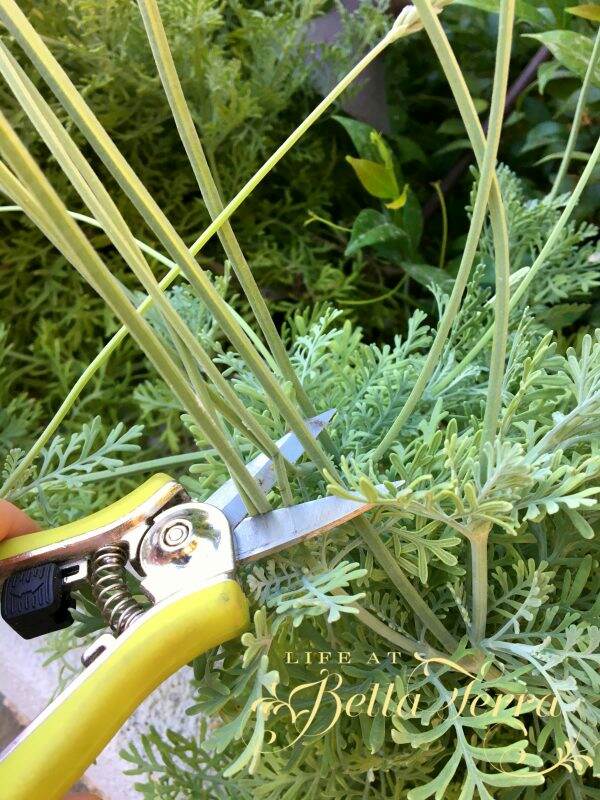
Drying
Drying lavender is one of the easiest floral projects you’ll undertake. You can dry the flower heads by standing them upright in a vase without water.
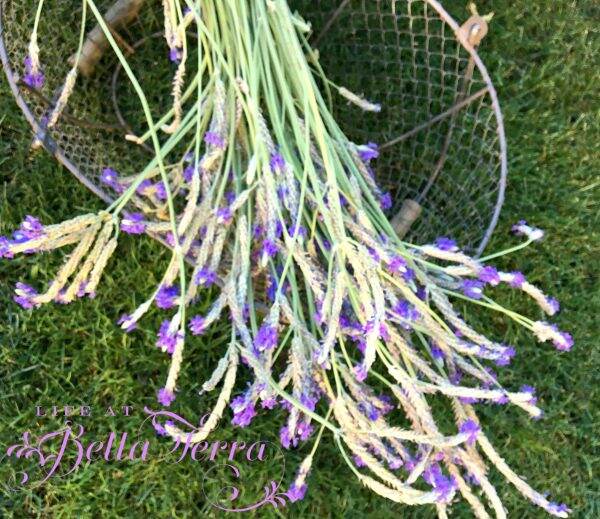
I choose to bundle the flower stems together using ribbon, and will hang them upside down in a dry, dark, warm spot to dry. With either method, you will have dried lavender in about two weeks.
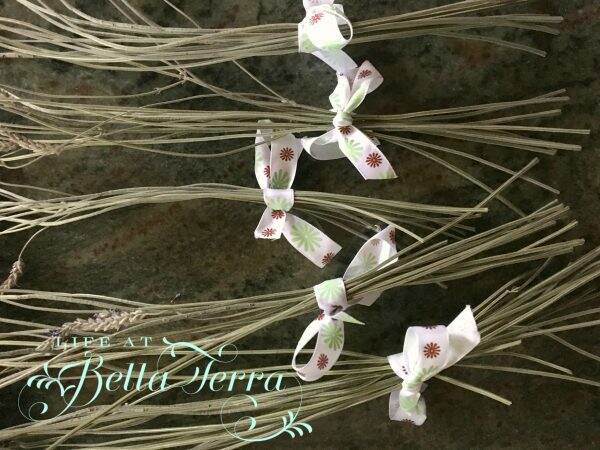
Uses
Dried lavender has many uses. The fragrant, pale purple flowers and flower buds are used in potpourris. Lavender is also used extensively as herbal filler inside sachets used to freshen linens. Dried and sealed in pouches, place lavender flowers among stored items of clothing to give a fresh fragrance and to deter moths.
During the pandemic, I made lavender pillows. Since I didn’t have enough dried lavender, I purchased a very fragrant bag of it. Being around so much lavender, made this a very relaxing project! Just the other day, I was on a rather controversial zoning case and felt some anxiety before my presentation. I slid this lavender pillow inside my shirt, and the smell instantly lowered my jitters. Click here to find a 1/2 pound bag of lavender.
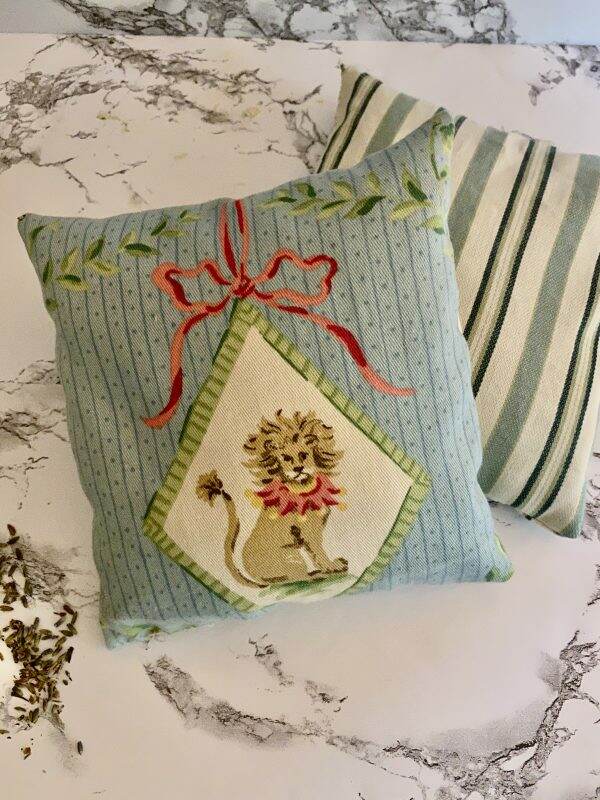
And if you want to see the tutorial on making lavender pillows, you can find it here.
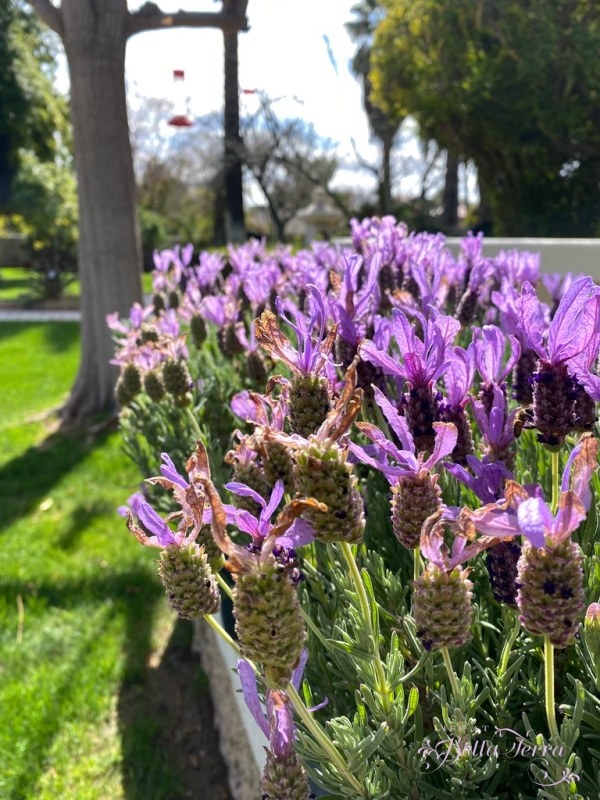
Lavender is one of those plants that conjures up romance, serenity and bliss. I often use lavender to garnish a dish, however, you can use lavender in cooking. But do your research first, because not all lavender should be used in cooking. Maybe I will explore using lavender and cooking and let you know!
Hope you enjoyed the long President’s weekend. Getting on a plane this morning so have a wonderful, relaxing Tuesday!

If you enjoy this post, please share on Pinterest.
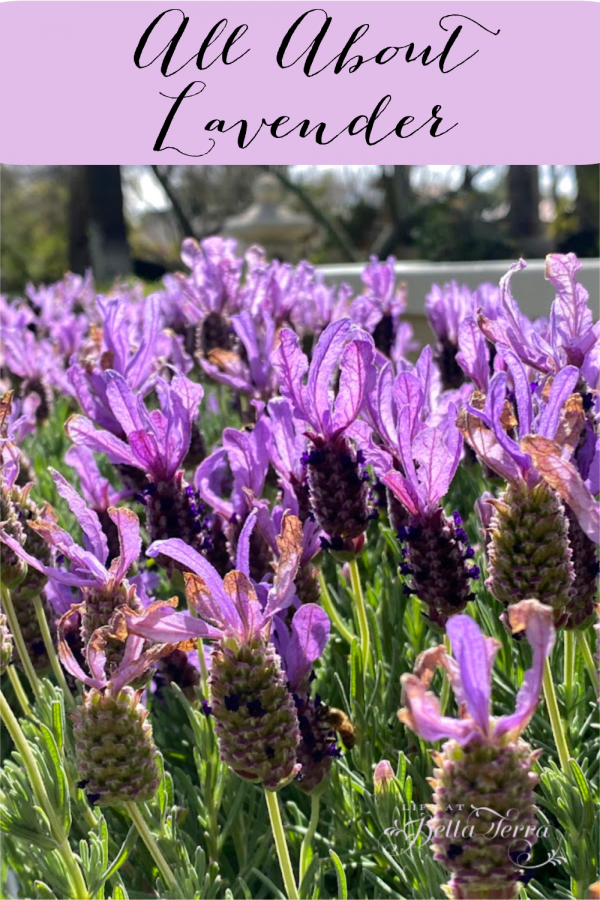
Just a reminder that any words that are italicized bring you to the source. If it is a product on Amazon, please note that I am an Amazon Affiliate. If you purchase something through my website, I receive a small (very small!) stipend, which doesn’t affect the price you pay at all. My goal is to make sourcing the items easy for you. Thank you for your continued support.
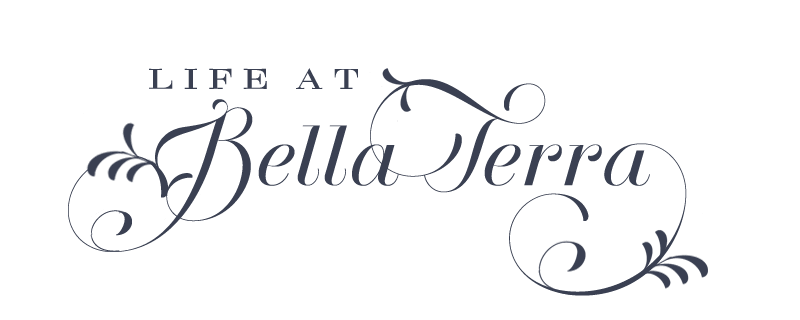


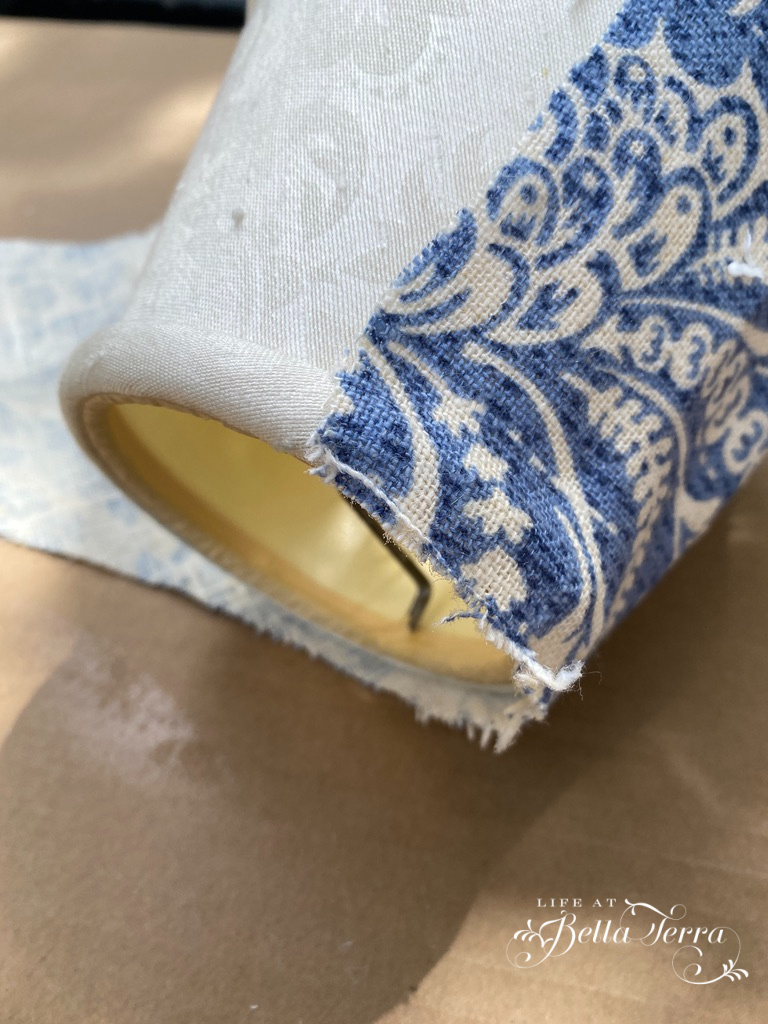
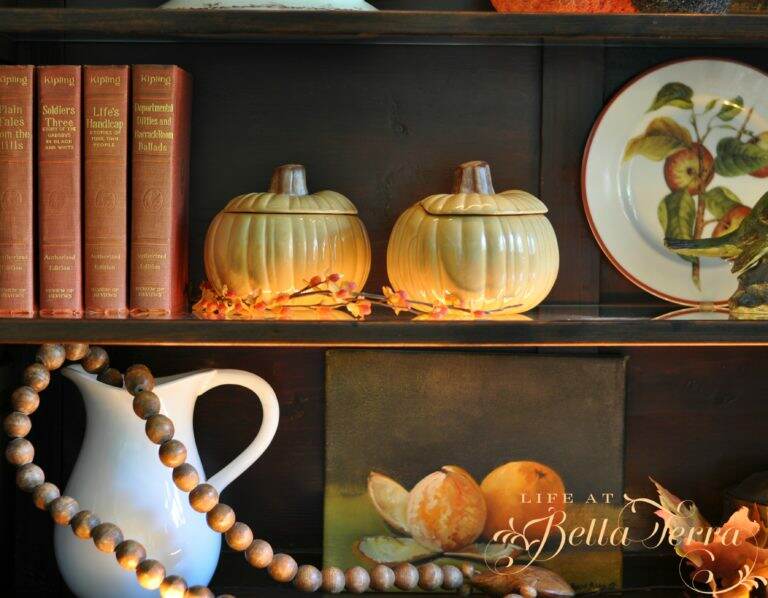
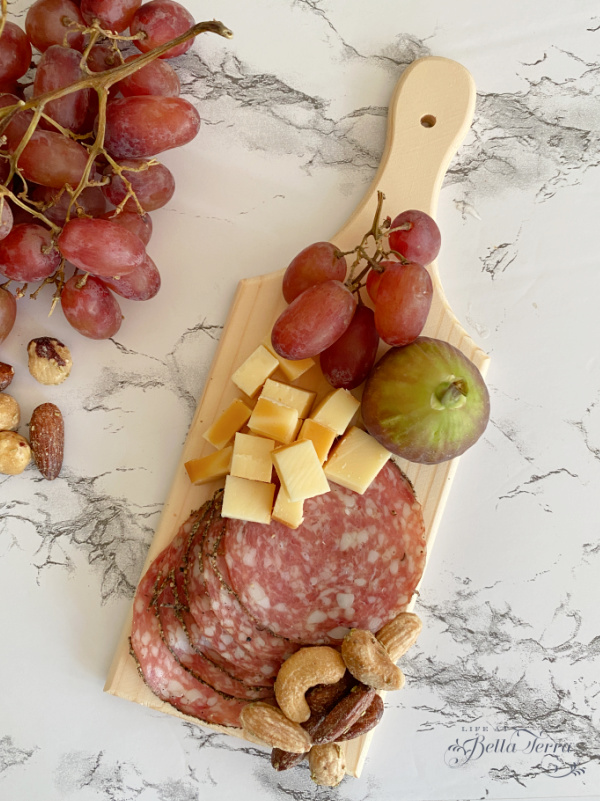
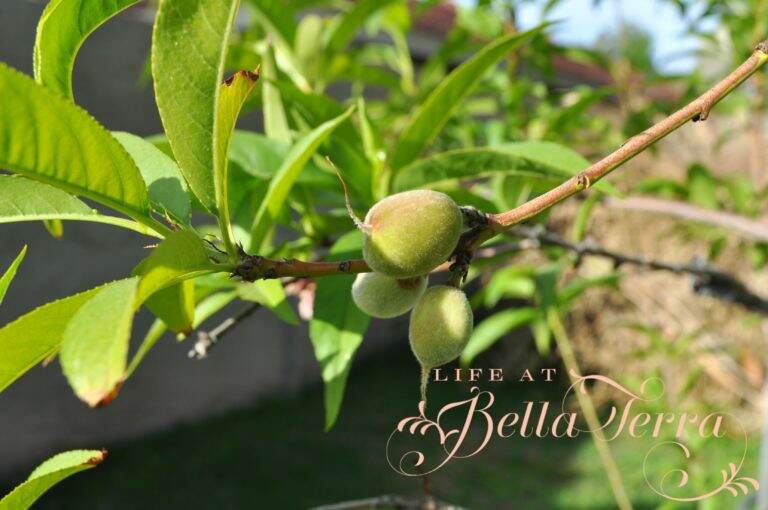
I love lavender so much! My plants tend to get woody after a couple of years so I don’t think I am pruning them back the right way. I just end up buying more. I’m going to share this on my weekly wrap-up this Sunday.
Kim, I love lavender too but don’t feel I tend to them as I should. Thanks for sharing on your weekly wrap-up on Sunday…which I love!
AAAAHHH! Thank you for this! I am so excited. Mosquitoes are drawn to me- and no matter if there are 50 people outside, they always find ME. I am looking forward to planting one of nature’s best mosquito repellents: lavender!
Damon, my son has the same problem with mosquitoes so I try everything to minimize them. I also have planted citronella scented geranium. Not sure it works but it is suppose to help.
Hi Mary!
There are a couple of places growing lavender in AZ and though they are at higher elevations than you, they might have information to help you.
Windy Hills Lavender Farm in Heber, AZ and Rhumb Line Vineyard operated by Todd Myers and Michelle Minta might be able to answer your questions.
Finally! Someone who clearly explains Lavender and when to prune! Pinned it and will do better this year with my own lavender as it is far too overgrown.
Thank you for this! I have always been partial to lavender, but was unsure about its temperament. Problem solved! I don’t know about anyone else, but I am (for whatever reason) a mosquito magnet. I have tried every natural repellent under the sun: and lavender seems to work best (for me!) I will make sure that we have plenty planter in our backyard post-remodel.
I, too, am a mosquito magnet. The only things that work for me are the battery operated fan-like repellents by Off that clip onto your belt or clothing. I really don’t like putting any Deet on my skin. We never used to have mosquitos in Phoenix….and then the unkept pools during the recession caused an infestation. Good luck~
Mary
I love Lavender and I’d love to share a link to this post on my Sunday, Dirt Road Adventures. I feel my readers would enjoy your post. Thanks so much for sharing your information with us.
Rachel, Thank you very much for sharing this! Really appreciate it and I’m glad you liked it.
Oh, how I love lavender! I’m thinking that I need to jump in the car and run to the nursery to get lavender.
Blessings to you.
Renae, I am so surprised there are so many different varieties. It is one of my favorite too!
I love lavender! It’s one of my favorites and I have a whole garden dedicated to it. Thanks for all your tips and tricks in this post.
Chas, I would love to see your lavender garden. I really want to keep learning more about it as there are so many varieties.
Well, Virginia, this year, is behind the eight ball…my tree peonies are still tight buds. Our lavender (we’re zone 7a) looks “really healthy” …so far…franki
Franki, at least you can grow peonies. When I lived back east the peonies would always bloom in June. Funny how different things grow in different zones!
The next time you get back to Connecticut, you should check out Lavender Pond Farm in Killingworth. They have fields of lavender and a lovely gift shop.
Karin,
That sounds just lovely. I was unaware of a lavender farm in Connecticut!